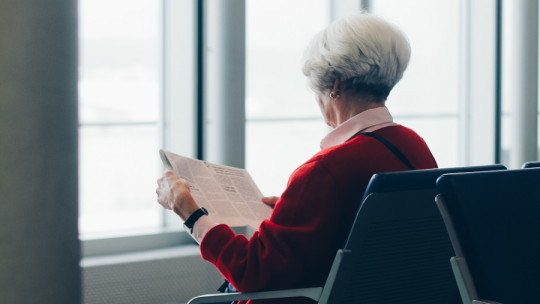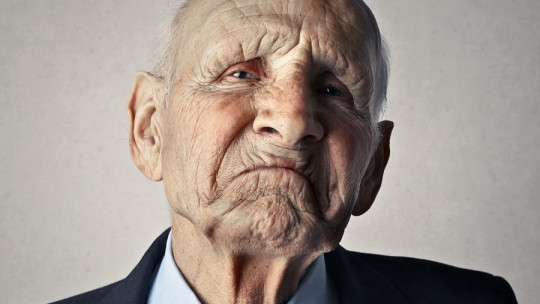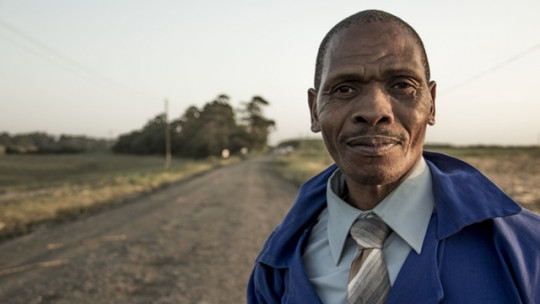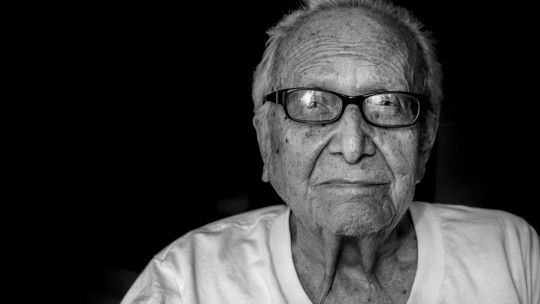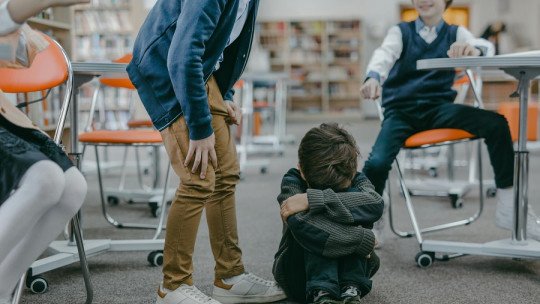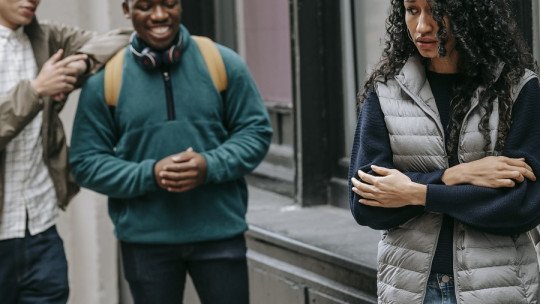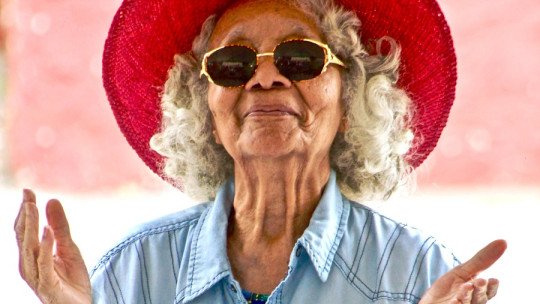
Old age, a natural stage of life, has often been misinterpreted and stigmatized in contemporary society. Social prejudice towards older people manifests itself in various ways, from invisibility in the media to discrimination in the workplace. These stereotypes not only affect the self-esteem of older adults, but also influence public policies and the way society in general perceives aging.
The myth of physical and mental decline is one of the most deeply rooted prejudices. Old age is often associated with fragility, ignoring the diversity of experiences and abilities that exist among older people. This misperception contributes to discrimination in areas such as access to health care and participation in social activities.
The lack of positive representation of older people in the media also contributes to the perpetuation of negative stereotypes. Narratives that highlight the vitality, wisdom, and achievements of older adults are essential to counteract these biases and foster a more realistic appreciation of aging.
It is the responsibility of all people as part of a society that must move towards social justice and respect, educate ourselves and recognize the importance of older people in the spaces we occupy. This awareness can begin with the deconstruction of myths and false beliefs associated with old age that can promote isolation and social inequality. Therefore, in this article, we are going to break down stereotypes associated with old age that we must deconstruct.
6 stereotypes about old age
Next, we are going to discuss and destroy six stereotypes and false beliefs normally associated with old age and older people. Being able to understand why they are false and should stop being promoted is a very important first step towards a more just and equitable society.
1. Older people are more physically and mentally fragile
One of the most ingrained stereotypes about aging is the perception that older people are inherently more fragile, both physically and mentally. This simplistic generalization is not only inaccurate, but also contributes to discrimination and limitation of opportunities for older adults
From a physical point of view, it is essential to recognize the variability in the health and fitness of older people. Many older adults lead active lifestyles, participate in physical activities, and maintain healthy levels of well-being. Furthermore, numerous studies have shown that aging does not guarantee an automatic decrease in physical capacity. Adopting healthy habits, such as a balanced diet and regular exercise, can maintain and improve physical health throughout old age.
Regarding mental health, it is crucial to emphasize that aging does not inevitably imply the loss of mental faculties. Cognition and wisdom can improve with experience, and many older people continue to actively participate in intellectual activities. The perpetuation of the idea of mental fragility can lead to discrimination in the workplace and in society, depriving older people of opportunities that could contribute significantly to society.
2. During old age, we are no longer productive and have nothing to offer
Another pernicious stigma associated with old age is the belief that as we age, we lose our productivity and no longer have anything meaningful to offer society. This perception devalues the accumulated experience, skills and wisdom that older people can contribute.
Reality itself already challenges this stereotype, since numerous older adults continue to be active and productive in various areas. Many take on new projects, participate in volunteering, share their knowledge through mentoring, and contribute to the well-being of their communities. The experience gained over the years is not only valuable, but can also be an inexhaustible source of innovation and resilience
It is essential to recognize that a person’s contribution to society is not limited by age. Many significant achievements have been made in the second half of life, challenging the idea that old age equals obsolescence. Furthermore, attitudes that underestimate the productivity of older adults can lead to employment discrimination, depriving society of valuable human resources and perspectives.
3. Older people do not want to adapt to changes in society
A common stereotype associated with old age is the idea that older people are reluctant to adapt to changes in society, especially in terms of technology and new ways of living. However, this generalized perception does not reflect the diverse and dynamic reality of the aging population.
The ability to adapt does not diminish with age, and, in fact, many older adults demonstrate an active willingness to learn and adopt new technologies. In fact, Several studies have highlighted how older people can benefit greatly from technology, improving their quality of life and facilitating connection with the world around them. It is essential to recognize that resistance to change is not exclusive to any age. Attitudes toward technology and other social changes vary among individuals, regardless of their age. Blaming old age for resistance to change perpetuates unfair stereotypes and limits opportunities for full participation in society.
4. When we get older, we become lonely and don’t enjoy company.
Another stigma surrounding old age is the assumption that, as people age, they become lonely and lose interest in social company. However, this perception ignores the rich social lives that many older adults maintain and the numerous ways in which they contribute to the social fabric.
It’s true that some older people may experience changes in their social networks due to factors such as retirement, loss of loved ones, or reduced mobility. However, Loneliness is not an intrinsic condition of old age Many older adults find new forms of social connection, whether through community activities, shared interest groups, or long-standing family relationships and friendships.
Misperception of loneliness in old age can lead to marginalization and lack of social support By recognizing and challenging this stereotype, we can build more inclusive communities that encourage the active participation of older people. Additionally, research has shown that positive social relationships are critical to emotional and physical well-being in old age, underscoring the importance of combating stigmas surrounding loneliness.
5. All older people depend economically on their families or the system
A harmful stereotype associated with old age is the assumption that all older people are economically dependent on their families or the social security system. This generalization is not only inaccurate, but also underestimates the diversity of financial situations among older adults. Many older people have planned and saved for their retirement, maintaining significant financial independence
Active participation in the workforce for longer periods of time and prudent management of resources are examples of how many older adults have ensured their economic well-being. Furthermore, entrepreneurship and participation in economic projects continue to be viable activities for many older adults.
This stigma can also contribute to discrimination and the misperception that older people are an economic burden on society. Challenging this stereotype involves recognizing the continued economic contribution of older people through various forms of participation in the economy and society. It is essential to advocate for policies that foster the economic inclusion of older people, recognizing their skills and experiences as valuable resources.
6. There is no diversity in old age; They are all the same
The stereotype that assumes homogeneity in old age is a fallacy that overlooks the rich diversity of experiences, identities and lifestyles among older people. Each individual ages uniquely, and this generalizing stigma is not only inaccurate, it also perpetuates misconceptions about aging
Diversity in old age covers aspects such as culture, sexual orientation, health, physical and mental abilities, work experiences and life trajectories. Ignoring this diversity contributes to exclusion and discrimination, preventing the full understanding of the needs and contributions of older people.
It is essential to recognize and celebrate the variety of perspectives and experiences in older age. Some older adults may spend their time traveling, while others find satisfaction in volunteering or passing on knowledge to younger generations. Diversity in old age reflects diversity across the lifespan and challenges the misconception that older people are a homogeneous category.
Conclusions
In conclusion, challenging stereotypes about old age is essential to building a more just and inclusive society. The diversity in experiences, capabilities and contributions of older people is evident and breaks simplistic notions. By changing perceptions, we can foster respect, active participation, and recognition of the valuable role older adults play in our community.

